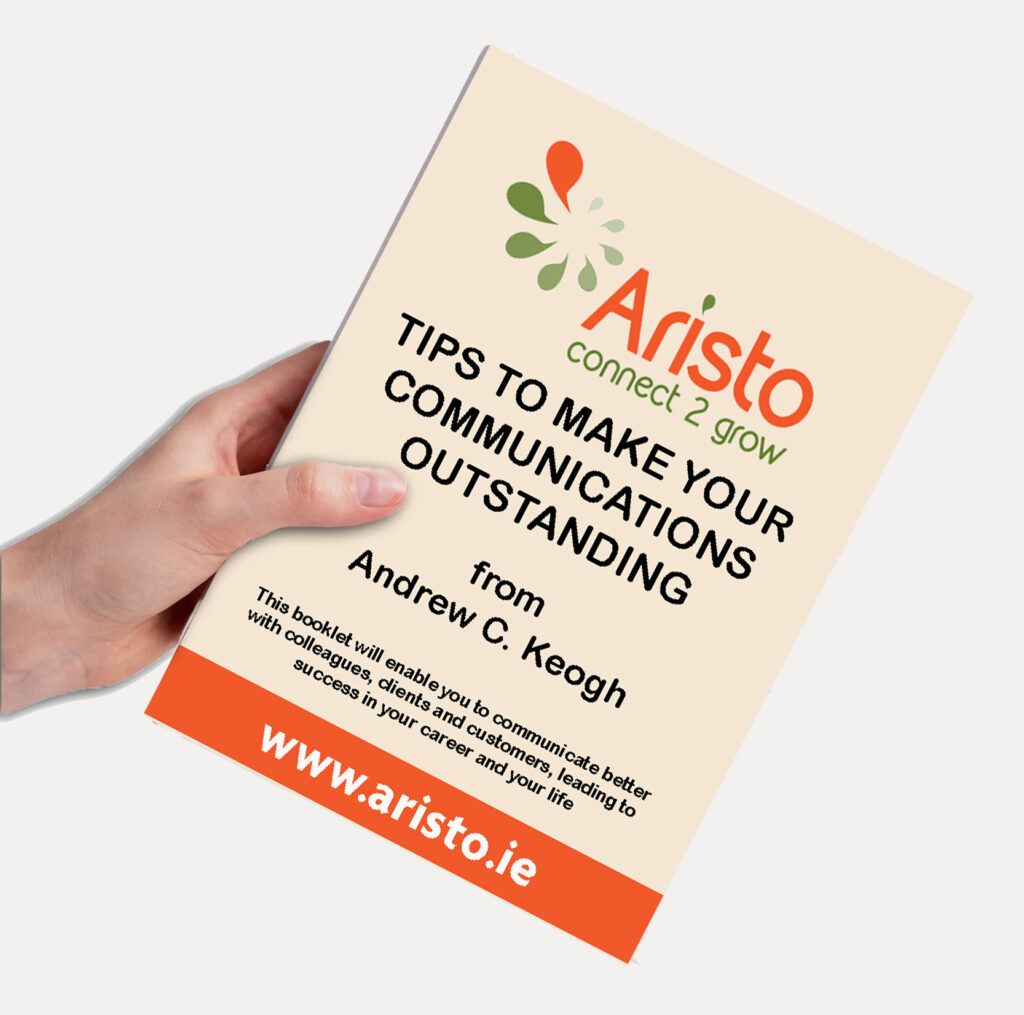
In the past, if you were planning a car journey, you would look at the map and plan your route. Now sat-nav does this for you and often offers you a couple of choices:
The most direct, quickest and probably the most expensive, as you are likely to travel further and pay several tolls.
Or the more traditional route, more scenic and more likely to lead to distractions by way of stopping for traffic lights, stopping to purchase coffee etc. along the way.
Planning a car journey and steps to a great pitch; the similarities (an analogy)
When planning and delivering a pitch, you will succeed when your audience is interested in taking the journey with you, remains engaged thought the journey and clearly is excited when they arrive at your planned destination.
Why should your audience listen?
Get Attention
You would like to think that people you are talking to are really interested in what you have to say. Yet, people regularly tell me that within a few minutes of them starting to speak, people are checking their devices and are immediately distracted.
Start with a Headline that gets the Attention of your audience
Here are a couple of headlines applicable to a farming audience and probably interesting to you as well:
“80% of the world’s water is used in agriculture”
“38% of the world’s land is pasture”
Your purpose here is to get your audience to switch off from whatever they were thinking about and think, that’s very interesting this could be of benefit to me or my organization.
Switch from Attention to Interest is key to steps to a great pitch:
Now that you have Attention, your next step is to talk in terms of your audience’s Interest.
Engage them in a two-way conversation about their issues their problems and you have their interest.
Tell them stories about how you solved problems for other people or organizations similar to them and you have taken a big step to a successful outcome.
What do I do next?
The next element of the presentation (journey) is to convince them that what you say you can do, you can do.
Now is the time to talk about your product, provide facts/features and most importantly, the benefits of the features.
Do not talk about features and leave the prospect to work out the benefits for themselves. They won’t, and they will buy from someone who continually talks about the benefits to them.
In my experience, this is one of the significant failings in all sales presentations.
In the conviction stage, the simplest way you can explain this is as follows:
Problem – Solution
e.g. examples
This feature solves this problem and the benefit to you is ...
You can tell Alexa to remind you to take your medication. You will be healthier sooner as a result.
Grammarly checks all your documents for spelling and grammatical errors; you will avoid creating a wrong impression with someone who values the importance of good written communications.
The most important step:
Create DESIRE. This is the step in the journey that the majority of people and organisations fail to address. They are not aware of the importance of creating desire or how to do it.
Let’s briefly go back to our planned car journey. If you, or your children, do not see the benefit of sitting in a car for two hours to reach a destination, it’s going to be a very unpleasant journey if it takes place at all.
Let’s recap:
We have created interest; we have got their attention and your audience are convinced that you can do what you say you can do.
Still, this does not mean you have reached your destination. You may be well along the road, but you are not there yet.
How to create DESIRE:
Think back to the last item you purchased, why did you do so?
- With a new car it can be the smell of the leather, the roar of the engine, or the number of cupholders, if you have lots of children.
- You go back to a hotel because they made you feel wanted and welcomed.
- Your favourite restaurant always springs to mind, because of the atmosphere and the maître-d’ remembers your name.
You create desire by helping people to see themselves benefiting from and enjoying what it is you have to offer.
You can only do this if you have done research into your prospects and listened intently during your conversation with them, in order to identify their desired outcome.
E.g.
- You may think its energy savings – They may wish for a more reliable manufacturing process.
- Coach (golf) them to hit the ball further – Ambition is to be steadier and win another monthly medal
- Sing a song – Entertain your friends at a party
You can now call for action:
Action
- Trial the product
- Discuss where it would be a good place for the first installation
- What colour would you prefer?
- Do you want to accept payments in multiple currencies?
- What’s the first song you’d like to sing?
If all else fails, just ask for the order.
If you have done what I suggest, you will be surprised how often people will say yes let’s get started.
Note:
If it’s a significant purchase, there may be several meetings. Where each time you discuss the next problem and provide a solution, until everybody has reached the same destination.
Does this article resonate with you? I’d love to know your thoughts on steps to a great pitch. Please comment below.




